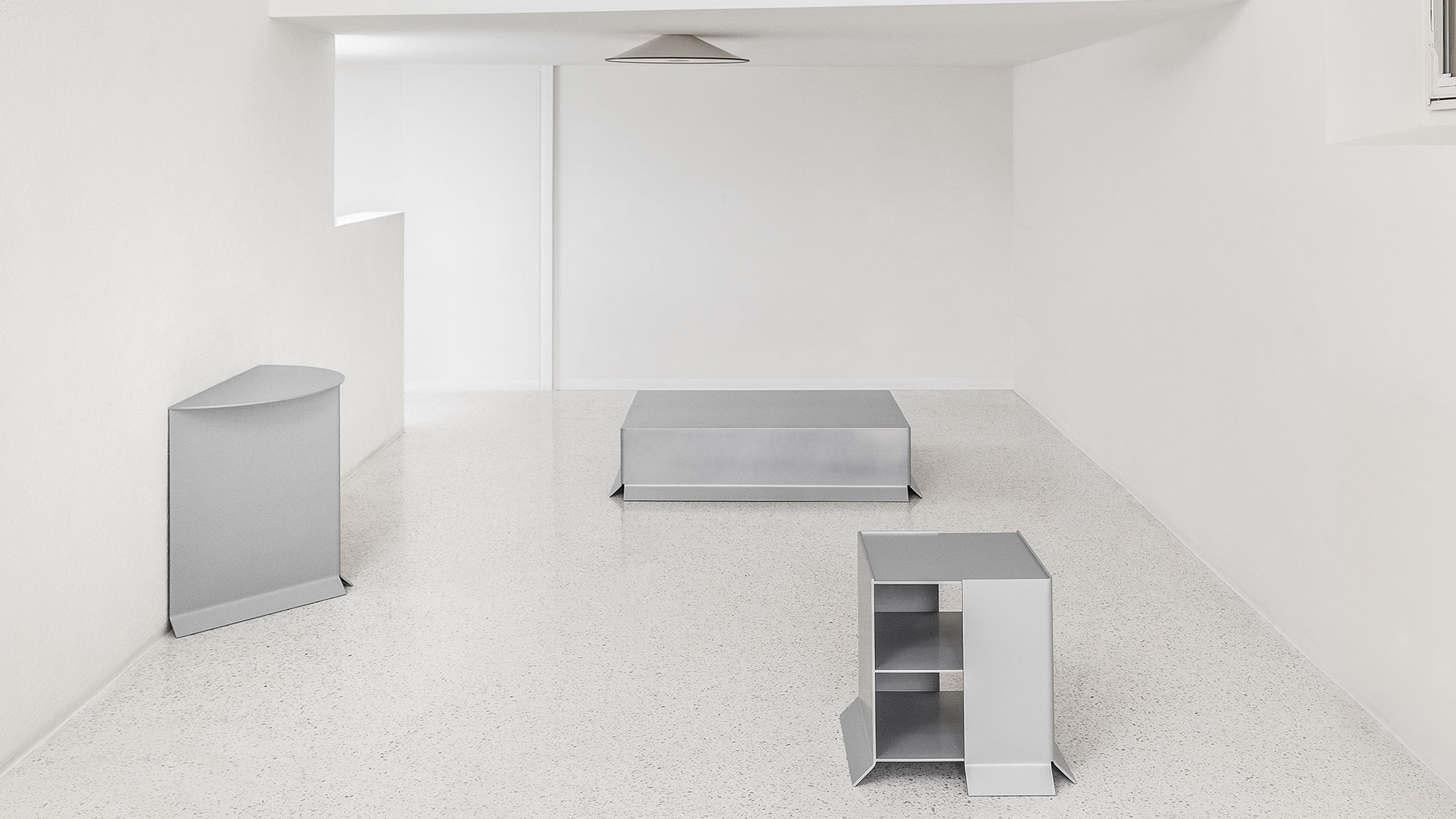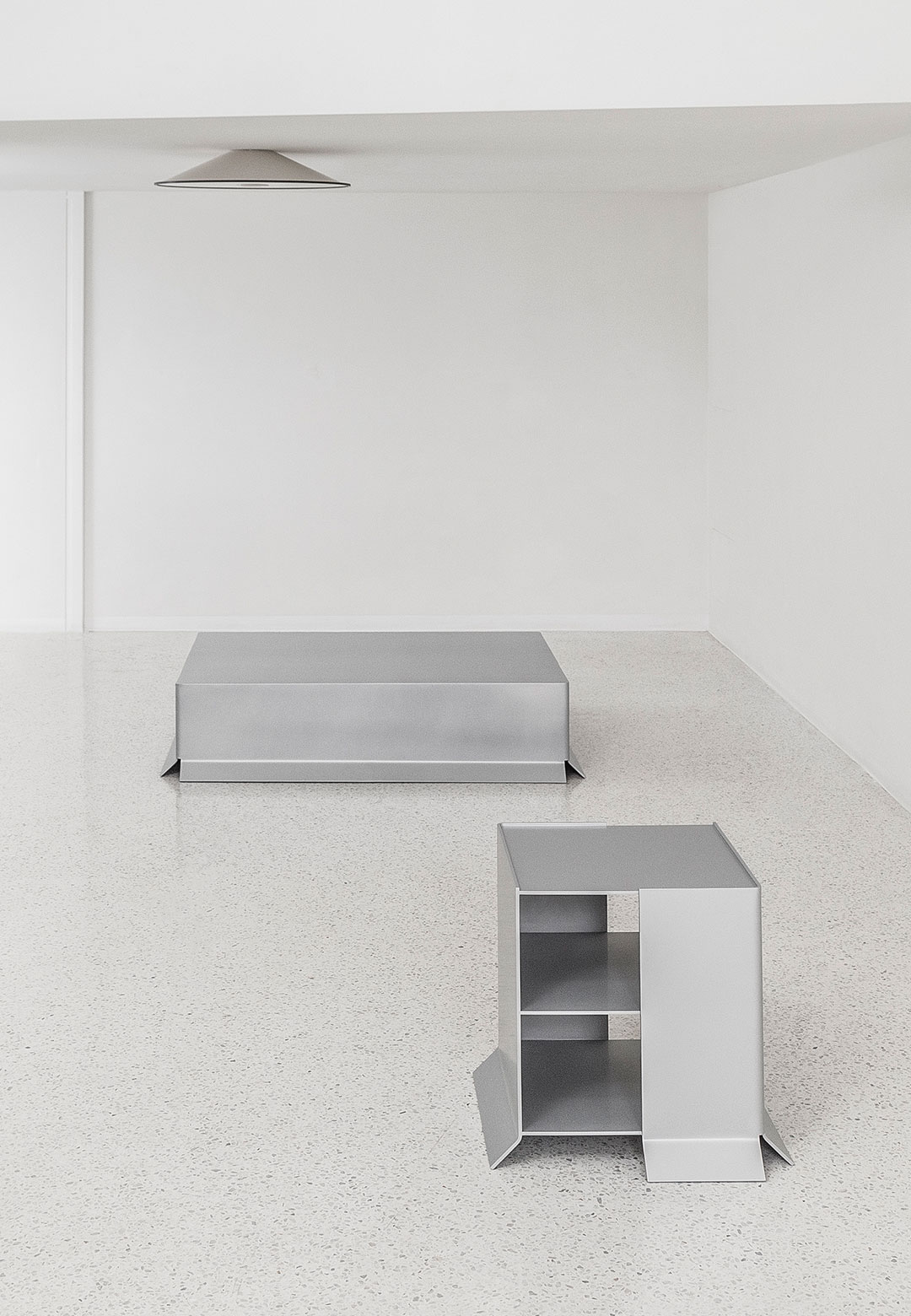Defined by clean lines, geometric forms, and a rejection of ornamentation, Italian Rationalist architecture of the 1920s and 1940s emerged as a bold, avant-garde movement, reflecting the cultural and political landscape of the time. The movement saw architecture turn away from traditional forms and instead concentrate on developing structures that represented development, innovation, and order. Celebrated for its inventive approach and enduring legacy, Italian Rationalist architecture continues to be an important and influential chapter.
Inspired by this architectural style, Belgian designer Vincent Van Duysen designed his latest collection of lighting and furniture designs titled I.R.O. - Italian Rational Objects for the Italian gallery Galleria Giustini / Staget. The unique aesthetic qualities of the collection come from the furniture designer's reinterpretation of modern form by using the synthesis and subtraction process which is a characteristic of all of his work. Commenting on the inspiration behind the collection, Duysen relays, “For this collection of objects, the starting point has been the Italian rationalist architecture of the 1930s: a very rigorous and, at the same time, very monumental architecture. My aim was to play with contrasts - on one hand, the rigour and hardness of the machined metal, and on the other, the subtle elegance this material is able to convey. The collection comprises various types of objects, all following the same shaping principle. These objects are raised off the ground, an element that grants them lightness and a strong, almost metaphysical presence. It is a captivating collection that fully reflects my world."
The collection comprises a low table, a dining table, a side table, a bookcase, a console and a wall lamp. The furniture and lighting design has a pearl grey finish and is crafted using satin aluminium, a material achieved by the abrasion of aluminium to achieve a semi-matte sheen. The commonality which binds the collection together is the same compositional principle – aluminium sheets folded into a linear and sophisticated geometry. The outcome is strict volumetrics that maintain formal elegance, implying a concept of lightness that is highlighted by the slick surface.
The relationship between the intimate essence of Rationalist architecture and Duysen's design language is marked by several points of intersection, including the search for balance, the reduction of form, essentiality, and volumetric spatiality improved by the study of solids and voids. Another noteworthy illustration is found in the works of Brazilian artist Lygia Clark, which are made up of metal planar geometries. The artist's work encourages us to consider the relationship between the audience and the artwork, the invitation to interact with the artistic object projects the work into a performance dimension. In a similar vein, Duysen concentrates on the relationship between the viewer's interaction with his works' volumes and spatiality.
A compelling story is revealed when the timeless ideas of Italian Rationalist architecture are combined with the modern aesthetic of Duysen's I.R.O. collection. He creates a conversation between the subtle grace and firmness of machined metal by carefully fusing form and function. This collection demonstrates the lasting impact of Rationalism by going beyond mere furniture design to create a feeling of spatial poetry. Similar to how rationalist architecture sought to influence the cultural context of its era, Van Duysen's work invites us to interact with form and space and have a personal conversation with design.






 Sign in with email
Sign in with email








What do you think?